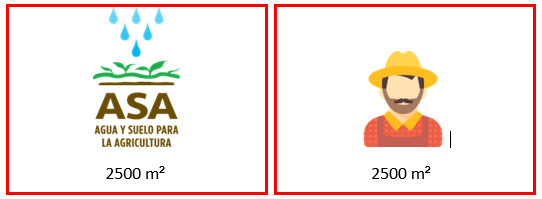
In coffee projects around the world, best practices and increasing yields are often the lynchpin in the strategy to improve smallholder´s livelihoods. By definition a smallholder has a small tract of land, so the logic goes, that to compete they need to maximize their production. However, as smallholders know well, maximizing production often means higher […]
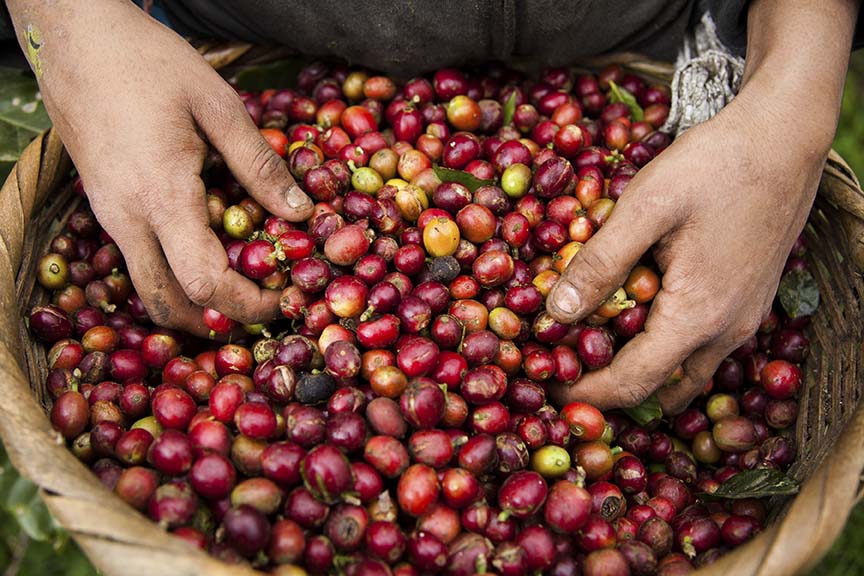
It is often taken as accepted wisdom that smallholders need to move up the value chain–aggregate, process, trade directly—to be competitive and profitable in the coffee industry. Smallholders who aren´t part of a cooperative with certifications, cupping labs, mills, and an export license will never break out of a cycle of intermediation and poverty. This […]
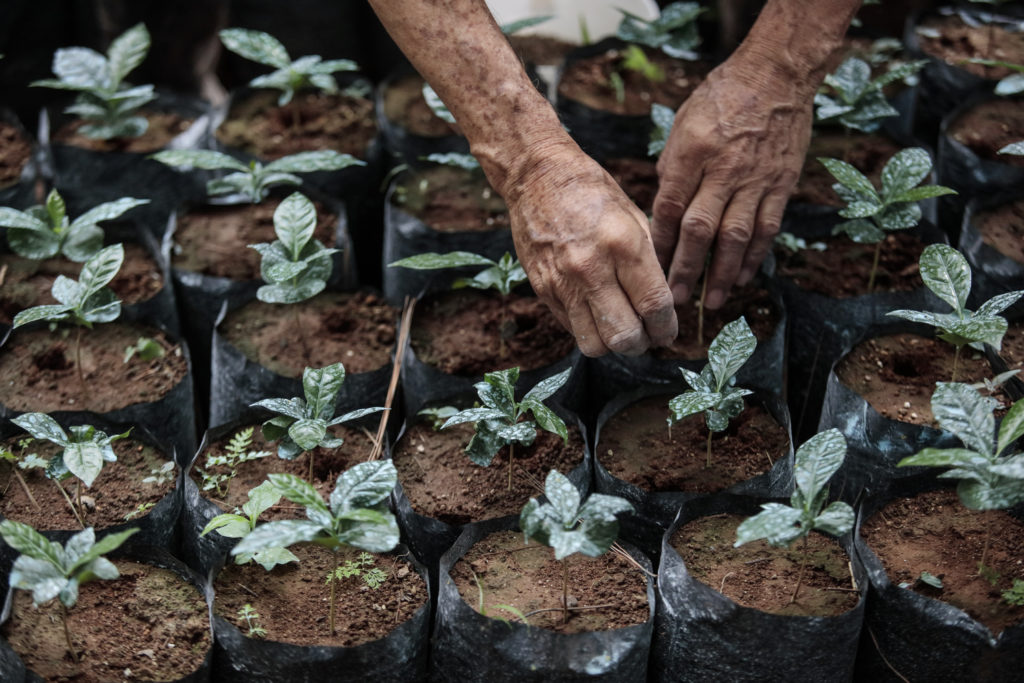
Coffee farmers across origin countries search for and develop innovative business, production and management models as they seek out profitable and sustainable livelihood strategies. These interesting and diverse “solutions in process” enjoy varying degrees of success. Sistema Comunitario para el Resguardo y Manejo de la Biodiversidad (SICOBI), whose model is a blend of territorial management, […]
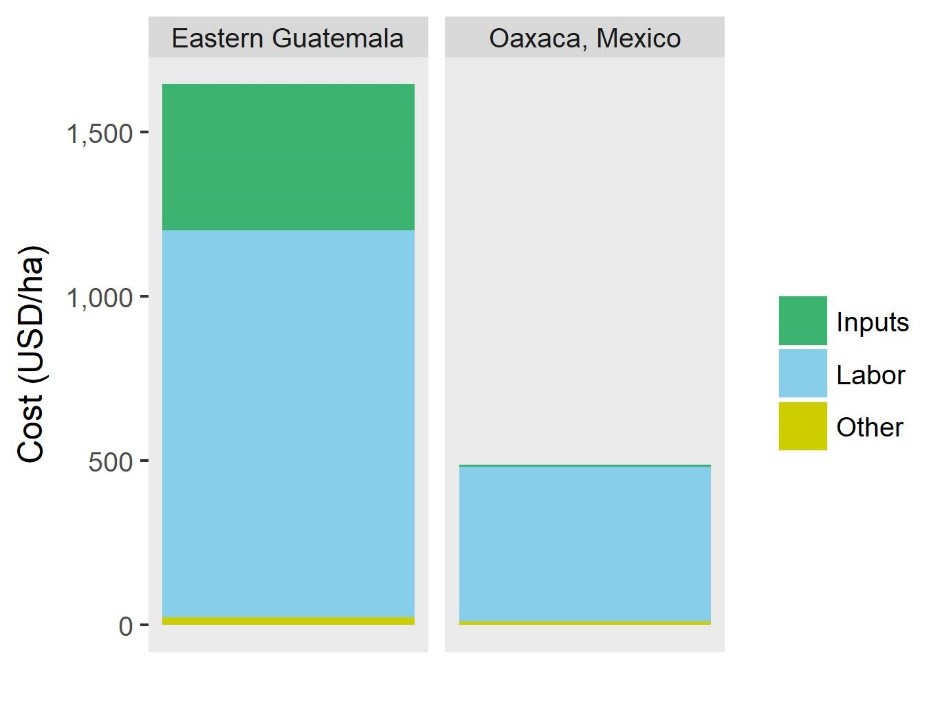
Although the Mesoamerican Coffeelands (Central America and Southern Mexico) are a relatively compact geographical region, they contain a diversity of coffee production systems—agroecologically and organizationally. CRS has ongoing programming with community groups in Oaxaca (one of whom, SICOBI, will be highlighted in a subsequent post), farmer groups in San Marcos, and groups in Zacapa and […]
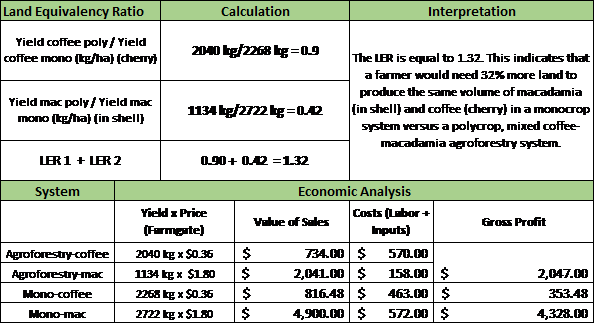
To address the drivers of migration- debt/prices and climate pressures- highlighted in the last post, we need to consistently seek to gain a deeper understanding of farmer livelihoods. CRS used the Land Equivalency Ratio tool during the last agricultural cycle to analyze the economics of coffee-based agroforestry systems in San Marcos, Guatemala. Land Equivalency Ratio […]
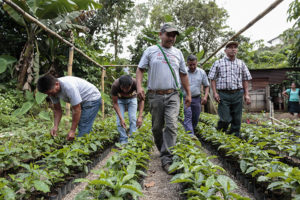
The drivers of migration remain the usual suspects: climate change, debt and prices, and, in some parts of the Northern Triangle, violence. But the pressure of these forces is increasing, and it is hard to ignore their compounding nature when you are dealing with them all at once. The hard numbers[1] as well as numerous […]
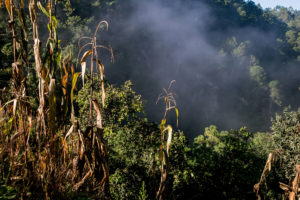
Francisco[1] migrated to Guatemala City several years ago. He worked the night shift, behind the till, at a gas station. It was boring work, far from the bucolic setting of his youth, but he was able to save some money—savings he hoped would lead to a better future for his wife and child back home. […]
Note: This post is an interview with Andrew Sargent, the Director of the CRS Coffeelands Program. Andrew and I have had an intense online discussion over the past month on my series of posts on the “Scandal of the C-Price”. We’ve re-constructed this exchange as a Q&A. It’s a long post, but worth reading to […]
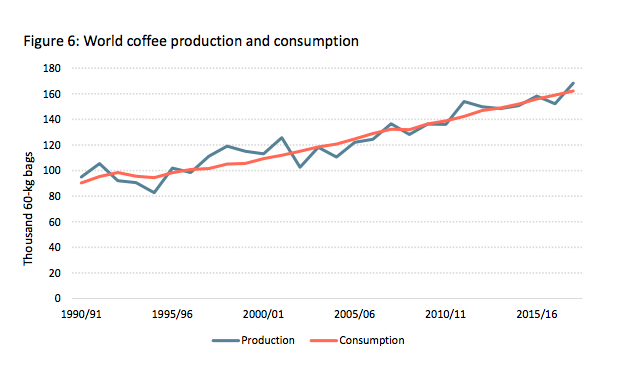
After my recent posts on the Scandal of the C-Price, I reached out to Adam Kline, founder and CEO of Coffee Unified, for his insights. Adam has a career in the coffee trade: as an importer, coffee buyer, and now as a development entrepreneur in the coffee sector with Coffee Unified. We’ve edited our many […]
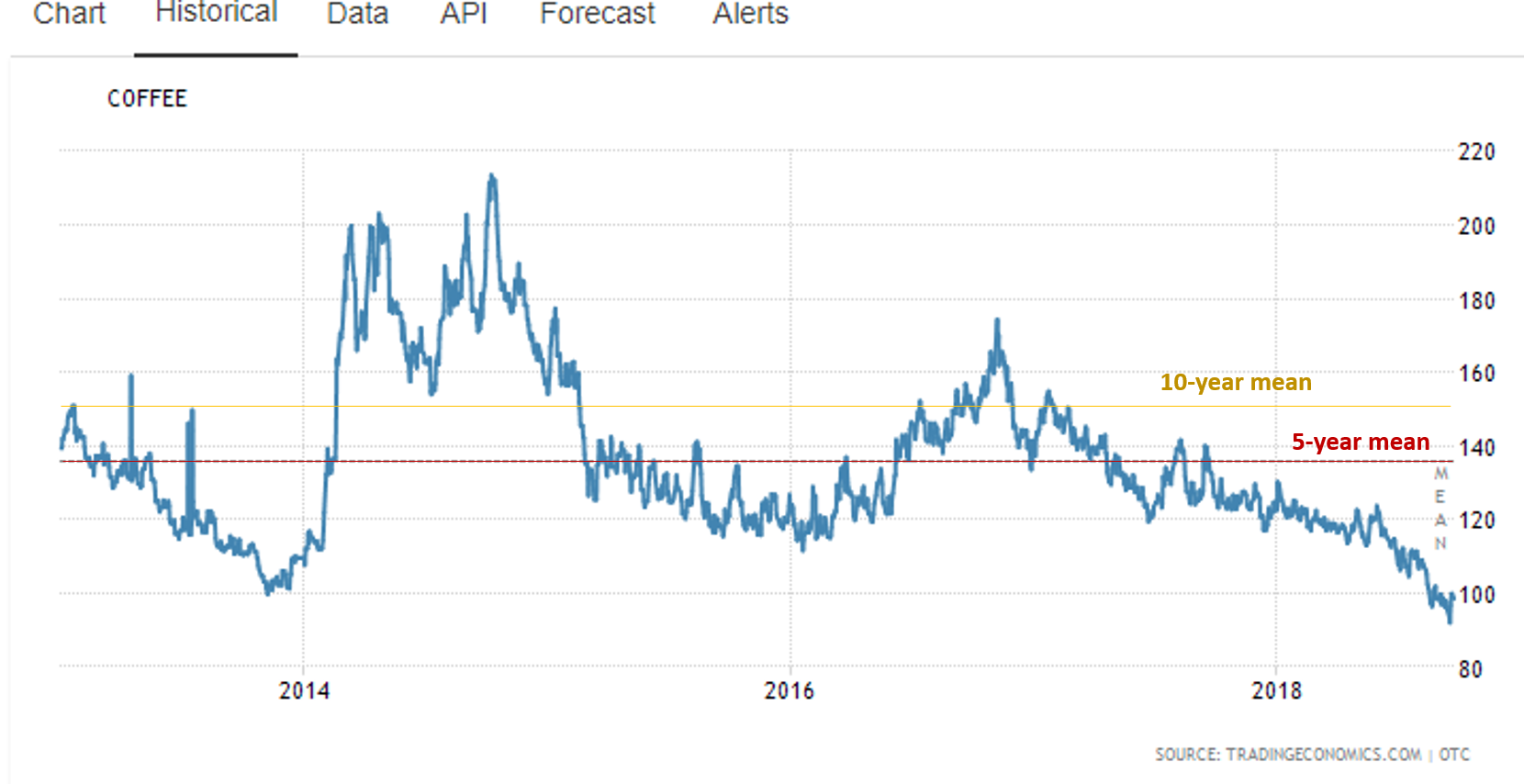
There is an urgent need to fix the coffee market: to reduce price volatility and ensure that a fairer share of coffee revenue reaches farmers and farmworkers. In a recent post, I made the point that the coffee market is unjust because farmers and farmworkers bare a disproportionate amount of risk and remain poor, while […]